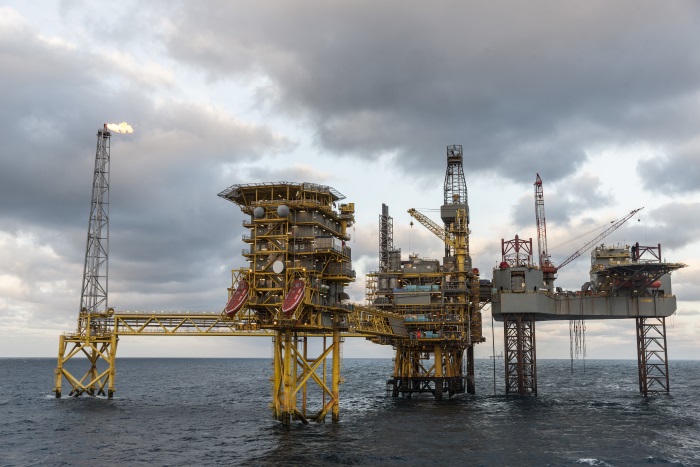Well Production and Technology
Developing new technologies to ensure well stability and enable maintenance of the outer parts of wells were the primary objectives of the Well Production and Technology Programme.

The design of oil wells in the Danish North Sea presented significant challenges to structural integrity and utilization of the well. These wells extended up to 10 km horizontally, making access to the far end for ongoing maintenance extremely difficult.
The research in this program took place on two independent themes: Improved cement and Extended reach with coiled tubing.
Improved Cement
During drilling, cement is utilized to insulate and support production pipes. However, as this cement solidifies, it often develops cracks. Research was conducted to investigate the possibility of embedding bacterial cultures into the cement. In the event of a crack, wet gas or formation fluid would enter, triggering a process where water and embedded bacterial culture would form calcium carbonate, effectively healing the crack and blocking gas and fluid transportation.
Identifying resilient bacterial strains capable of surviving the harsh conditions within the cement matrix was a primary challenge. Nonetheless, promising bacterial candidates were isolated and identified. While research demonstrated calcium carbonate precipitation within cracks, further optimization was needed to fully obstruct gas and fluid flow.
This research provided significant insights into cement crack mechanisms and calcium carbonate precipitation within micron-sized fractures.
Extended Reach with Coiled Tubing
Coiled tubing served as a well-established method to reach the horizontal parts of wells for various interventions. However, existing technology limited access to only half of the horizontal wellbore, leading to sub-optimal treatment of the lower section.
Research aimed to develop mathematical models to pinpoint high-friction areas between the tubing wall and coiled tubing within the well. Additionally, efforts were made to identify optimal substances for mitigating friction in these critical zones.
This investigation significantly advanced understanding of identifying high-friction areas within tubing trajectory and evaluating various friction-reducing substances. A laboratory test set-up was developed to simulate coiled tubing behavior within horizontal wellbores, facilitating further exploration and validation of findings.
Contact
Ulla Hoffmann Programme Manager Danish Offshore Technology Centre Mobile: 9351 1360 uhoff@dtu.dk